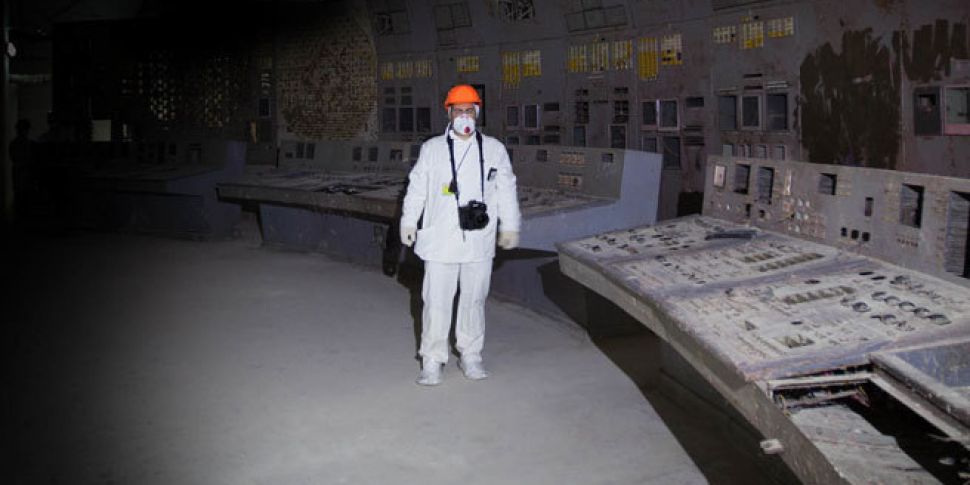The world is remembering Chernobyl, 30 years on since the most severe accident in the history of the nuclear power industry.
Dozens of people died as a result of the direct radiation, while many more suffered severe disabilities in the aftermath.
The World Health Organisation (WHO) says a total of up to 4,000 people could eventually die of radiation exposure from the accident.
A report from 2005 found that approximately 1,000 on-site reactor staff and emergency workers were heavily exposed to high-level radiation on the first day of the accident.
Among the more than 200,000 emergency and recovery operation workers exposed during the period from 1986-1987, an estimated 2,200 radiation-caused deaths can be expected during their lifetime.
After the accident, thousands of Soviet soldiers assist with the cleanup in May 1986 | Image: UN Photo/Oleg Veklenko
And some 4,000 cases of thyroid cancer - mainly in children and adolescents at the time of the accident - have resulted from contamination.
While at least nine children died of thyroid cancer. However, it adds that the survival rate among such cancer victims, judging from experience in Belarus, has been almost 99%.
During a five-year exploration, US photographer and engineer Philip Grossman documented the Chernobyl Exclusion Zone.
He says: "What started as once in a lifetime opportunity to photograph the Chernobyl Nuclear Exclusion Zone has turned into a long-term passion project".
Aerial view of an area near the Chernobyl site in April 2011 | Image: UN Photo/Paulo Filgueiras
"Since this first expedition, my passion for the story and the people of Chernobyl has grown".
He has spent nearly 100 days exploring the area, and made several trips to the site in Pripyat, Ukraine.
This footage hints at the life that once was in the city.













